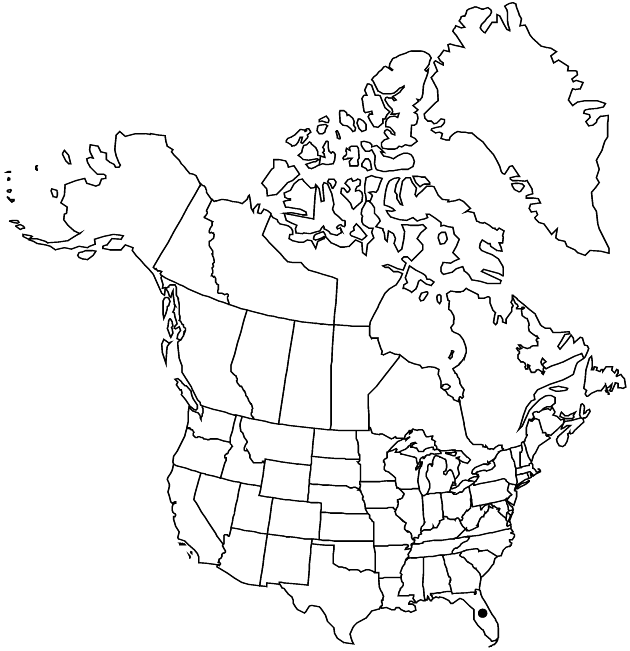Difference between revisions of "Helianthus carnosus"
Torreya 2: 74. 1902.
FNA>Volume Importer |
FNA>Volume Importer |
||
| Line 49: | Line 49: | ||
|publication year=1902 | |publication year=1902 | ||
|special status= | |special status= | ||
| − | |source xml=https://jpend@bitbucket.org/aafc-mbb/fna-data-curation.git/src/ | + | |source xml=https://jpend@bitbucket.org/aafc-mbb/fna-data-curation.git/src/f6b125a955440c0872999024f038d74684f65921/coarse_grained_fna_xml/V19-20-21/V21_370.xml |
|tribe=Asteraceae tribe Heliantheae | |tribe=Asteraceae tribe Heliantheae | ||
|subtribe=Asteraceae (tribe Heliantheae) subtribe Helianthinae | |subtribe=Asteraceae (tribe Heliantheae) subtribe Helianthinae | ||
Revision as of 18:48, 24 September 2019
Perennials, 10–60 cm, (with crown buds). Stems erect, (unbranched) glabrous, eglandular. Leaves mostly basal; opposite (proximal) or alternate; petioles obscure (intergrading with blades); blades lanceolate to lance-linear or linear, 10–25 × 0.5–1.5 cm, bases cuneate, margins entire, faces glabrous, not gland-dotted (cauline 1–5 pairs, smaller). Heads 1(–3). Peduncles 5–10 cm. Involucres broadly hemispheric, 17–25 mm diam. Phyllaries (green with purple veins) 25–30, ovate to lance-ovate, 8–16 × 3–5 mm, apices acuminate, abaxial faces usually glabrous, sometimes puberulent. Paleae 8–9 mm, 3-toothed (middle teeth long-acuminate). Ray florets 12–17; laminae 20–40 mm, (abaxial faces not gland-dotted). Disc florets 100+; corollas 6–6.5 mm, lobes yellow; anthers dark, appendages yellowish or dark. Cypselae 3 mm, glabrous; pappi of 2 aristate scales 1.5–2 mm plus 2–4 erose scales 0.3–0.6 mm. 2n = 34.
Phenology: Flowering early–late summer.
Habitat: Wet prairies, flatwoods
Elevation: 0–10+ m
Discussion
Of conservation concern.
Helianthus carnosus is distinctive in morphology and is known from relatively few counties in northeastern Florida.
Selected References
None.
